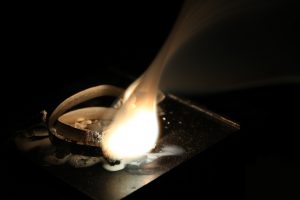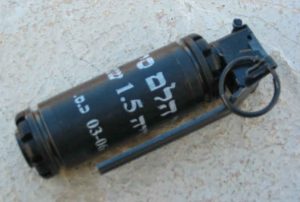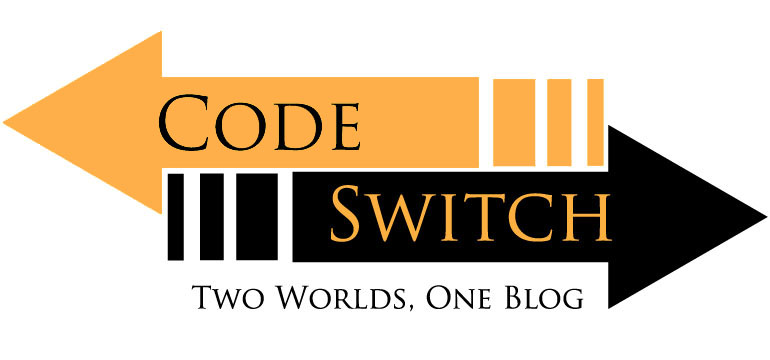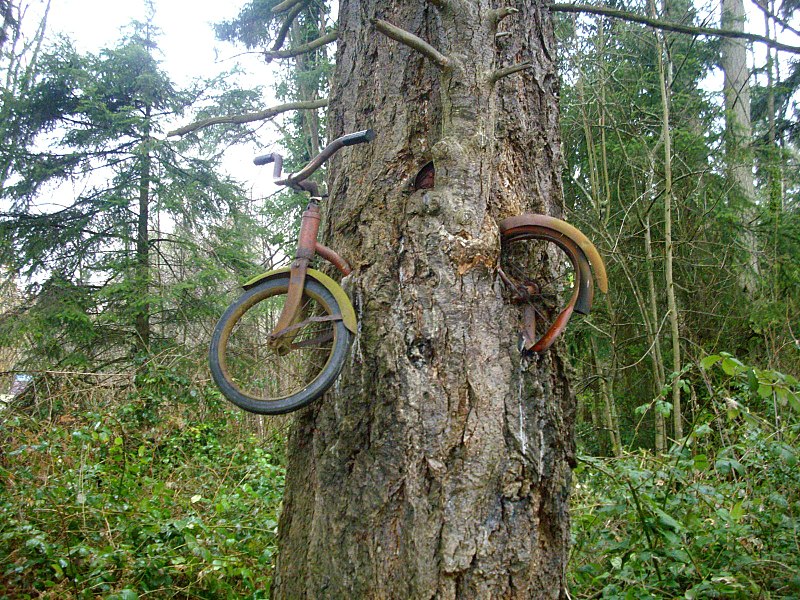Your enjoyment in an RPG like Pathfinder is contingent on your ability to grasp the setting and the events happening in it, that’s even before you decide if you like it. If you don’t have a frame of reference for what magic looks like or how a swordfight unfolds, it’s very difficult to gather enjoyment from a game where that’s the focus. Using my wife as an example; she played 7 Pathfinder Society games as a Paladin in which we ever had a problem, she always wanted to solve it with bloodshed. We’d explain the context of the event; she’d look at her sheet then back to me and ask “Why do I have all this power if I can’t use it to get past this city guard?”
That is a really big topic that I may get into someday, but it does lead into what I want to talk about today, familiarity. Everything in Pathfinder has its real name and some modern-analog name that’s sometimes used for fun, but sometimes for clarity of information. A new player may need to look in the Core Rulebook to find out what an alchemist fire is, but it’s easily explained as a Molotov cocktail. I’m going to talk about 5 items from the Pathfinder that get those types of designations, but it wouldn’t be Code/Switch if I didn’t make it complicated. Not only am I going to go over modern equivalencies. I’ll also be discussing if it was an item that existed or that was used pre-industrial revolution (~1760). Pathfinders’ tech level is too varied for any designation beyond pre-industrial revolution. The items I’ll be talking about are common parts of official or unofficial dungeoneering kits.
Alchemist Fire
Modern day equivalent: Molotov Cocktail
Historical use: Existed since pre-industrial times but not consistent with Pathfinder use. Fire-based weapons are generally a poor choice against individuals and are employed against big targets that can’t get out of the way or against enough individuals in an inescapable area. Think fire arrows burning a siege tower, a byzantine ship spraying Greek fire against other vessels, or a modern jet dropping napalm. Horrifying enough, from people I’ve spoken to who’ve seen napalm people sometimes die from suffocation rather than burning as the blaze uses all the oxygen in the area, scary stuff. Reminds me of the spell Sirocco.
Oil of Daylight
Modern day equivalent: Magnesium Flare
Historical use: No equivalent. Magnesium wasn’t isolated and actually collected in pure form until the early 19th century. Flares had been used for centuries, but they didn’t burn particularly long or with any amazing brilliance. Magnesium is a metal that burns rather than melts, but when it burns it gives off amazing luminescence, making daylight in darkness and dazing all those poor dhampir.
Antiplague
Modern Day equivalent: Antibiotics
Historical use: There were some effective antiplague style medicines pre-industrial revolution! Quinine was used to treat malaria in the 1820s, but extracts of the bark of the tree it comes from, the Cinchona Tree, had been effective treatments for malaria going back to the 17th century.
Sunrod
Modern Day equivalent: A glowstick. Sorta. The Core Rulebook says that a sunrod is an iron rod that when struck produces light, but makes no mention of heat or combustion, just that it glows. It’s method of activation is road flare or match-like, but its light emission sounds a lot like a glowstick.
Historical use: Limited. Strike activated light had been created using phosphorus in the late 17th century, but was expensive and impractical. By the industrial revolution these had become matches. This still doesn’t quite match-up with the “glow” portion of the description. Flares don’t glow, they burn. Sunrods are pretty special, eh?
Thunderstone
Modern Day equivalent: Flashbang Grenade
Historical use: None. Non-lethal grenades didn’t exist in the pre-industrial era. Grenades were lethal, super lethal, to both its wielder AND target. Less-than-lethal ammunition for weapons didn’t start to appear until the turn of the 20th century.
All of these items, save the odd sunrod, have direct modern day equivalents which can be used easily to communicate what they actually do. Only 2.5/5 of these items have time-period specific equivalents, showcasing how fantastical a world like Golarion can be. So next time you’re at a table and a player doesn’t understand what an item is or what it’s supposed to do, take some time to think of more relatable terms rather than just vomiting description text from the rulebook. Any cool bits of history I missed, any items your curious about? Drop me a holler in the comments below!






